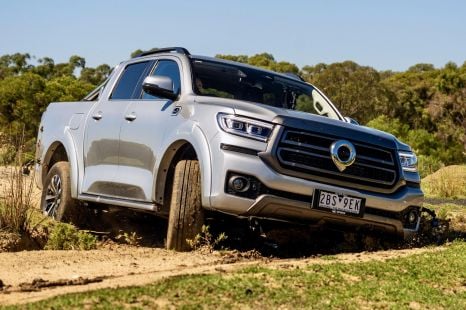

Max Davies
2026 GWM Cannon Ultra review
6 Days Ago
Does a recent makeover for Mitsubishi's top-selling model bring a fresh spin to the popular if ageing small crossover figurehead?
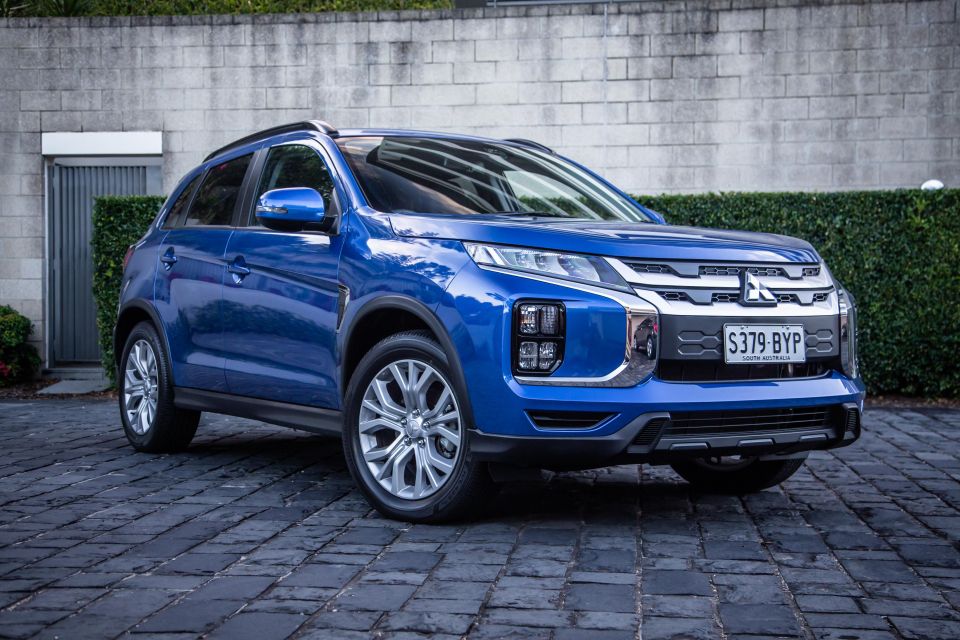
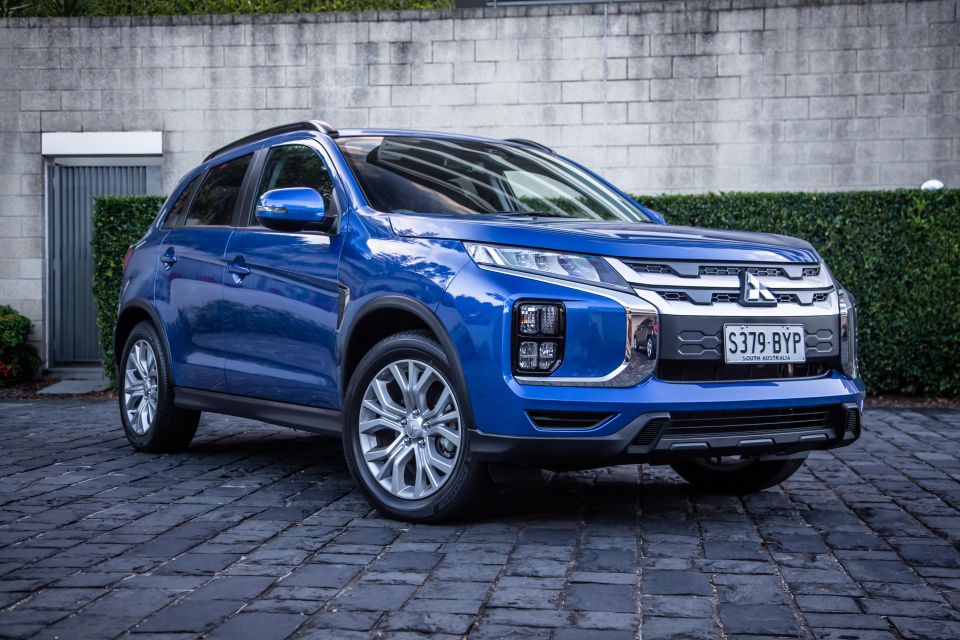

Journalist
New from
$23,990
excl. on-roads

Journalist
New from
$23,990
excl. on-roads


Journalist
New from
$23,990
excl. on-roads

Journalist
New from
$23,990
excl. on-roads
Quickly see how this car stacks up against its competition. Select any benchmark to see more details.
Where expert car reviews meet expert car buying – CarExpert gives you trusted advice, personalised service and real savings on your next new car.
The latest revamp of the Mitsubishi ASX, in 2019, was the most substantial of four facelifts reaching back a decade. It’s no spring chicken. Powertrain tweaks and equipment updates arrived, but it was really the major exterior styling changes that made you wonder – is it really the same old ASX under the skin?
Yes it is. And there’s some argument that ASX didn’t need such a major refresh given it’s remained the big seller in the hugely popular small SUV segment.
What is the Mitsubishi ASX magic that’s long made it a hit with private and fleet buyers, where rentals make up a whopping 40 per cent of total sales? It’s a formula of stuff that Mitsubishi hasn’t meddled with.

It’s the ‘sweet’ size with practical space. It feels compact to drive. It’s built cheap-to-run with dependable non-turbo motivation. It’s smartly priced and affordable to service. And it’s embraced, as an originator, crossover appeal for those not after an SUV or humdrum hatchback.
ASX hits its mark. That Mitsubishi also offers a vastly newer, technically smarter, more upmarket Eclipse Cross that’s not nearly as popular is the very same small SUV segment is testament to how long it’s been nailing its target.
So how does the mid-tier 2.0-litre ASX LS stack up in 2020? In some ways the odds are stacked against it. The LS isn’t nearly as enticingly priced as the base ES. And it’s not nearly as seductively featured as high-spec GSR and Exceed, both benefitting from a larger 2.4-litre engine.
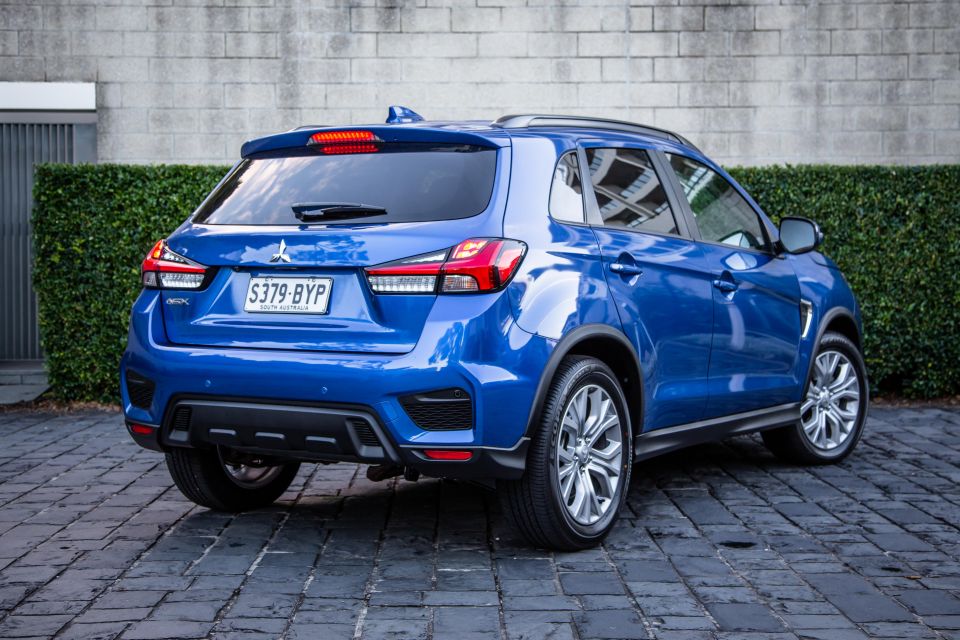
Unsurprisingly, at $28,690 before on roads, the LS neatly sits midpoint between the price-busting entry ES ($23,990 list) fleet special and the all-you-can-eat Exceed ($33,240 list). Fair enough.
Where pricing starts looks a little dicey is against its range neighbours. The 2.0-litre-powered LS is $950 pricier than the ES ADAS auto, yet specifically the LS only adds little more than push-button start, rear privacy glass and black roof rails. And the extra splurge for the more-powerful 2.4-litre MSR, with its faux suede/leather trim and sporty blackout accoutrement is, at $2050, not a huge stretch.
At the time of writing, Mitsubishi has the LS on offer at $30,440 drive-away with seven years of warranty. That’s for no-cost white paint. There’s a choice of five premium colours – well, one blue and four shades of white-silver-grey-black – at $740. Or there’s the fancy Red Diamond finish at $940.
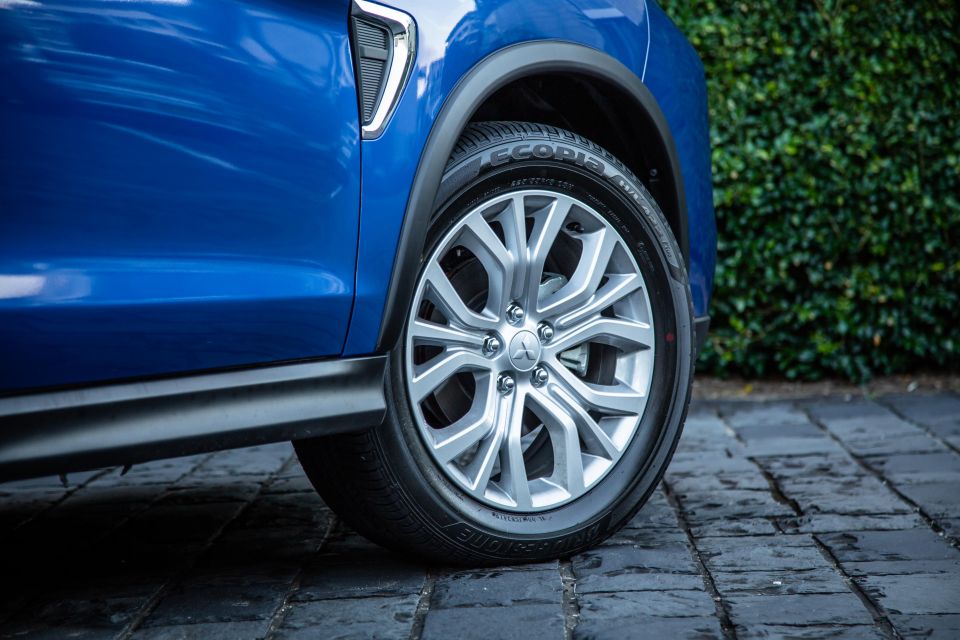
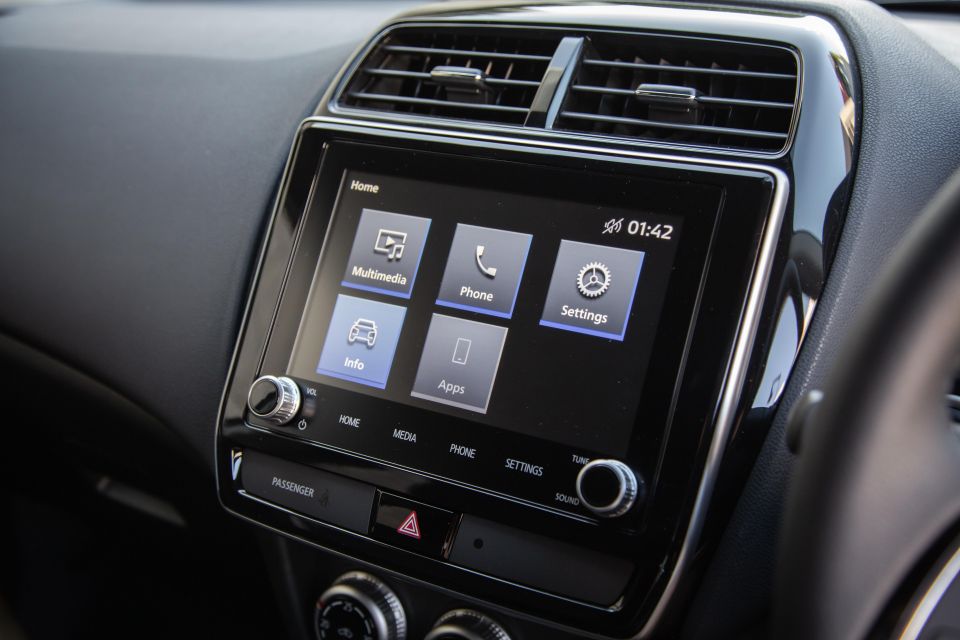
Buy your new car without the stress. It's fast, simple and completely free.

Great service from Travis and team, second time I have used this business would not hesitate to recommend them to anyone
Craig C.
Purchased a Ford Ranger in Sunshine Coast, QLD
CarExpert helped Craig save $7,224 on his Ford Ranger, now let us save you on your next new car.
Get your BEST priceThe LS is fairly well appointed but if you’re targeting this mid-ranger you really cross-shop it with cheaper variants as they all share much of the same equipment.
Standard gear includes 18-inch alloy wheels, LED headlights, driving lights and taillights, powered windows and electric folding mirrors outside. Inside, the cabin fits a leather-wrapped steering wheel, 8.0-inch touchscreen infotainment with DAB+, Apple CarPlay and Android Auto mirroring, cloth trim, cruise control and reversing camera. And you’ll get all the same stuff even in the $24k base ES.
That said, the LS shares some extra goodies with the ES ADAS auto, including reversing sensors, auto high-beam/duck-sensing headlight functionality, rain-sensing wipers, fog lamps and turn indicators on the wing mirrors, not to mention the active safety suite marketed as ‘ADAS’ (advanced driver assist system).
While it’s a reasonably solid value proposition, the LS doesn’t look quite as rosy as the variant sat below it in the food chain.
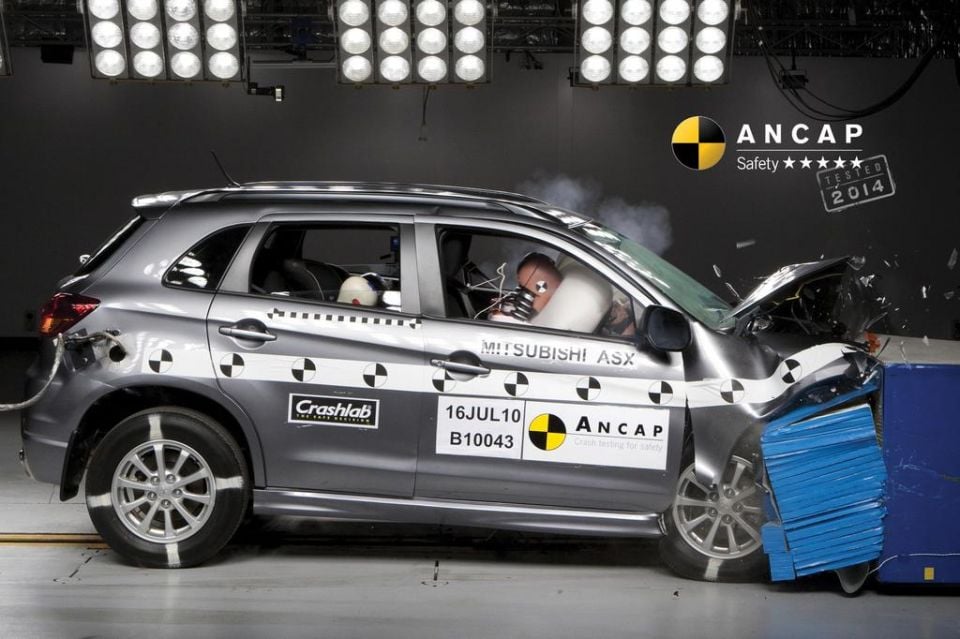
The ASX scored a five-star ANCAP rating in 2016 off the back of 2014 testing. Hardly current. That said, it performed well across the board and the report has been updated, in 2019, in sympathy of range-wide AEB fitment – including pedestrian detection smarts – as well as other ADAS features.
Those features? ADAS bundles in lane departure warning, lane change assist, blind spot monitoring and rear cross traffic alert, a quartet of assistance systems that should be mandatory fitment to any family-oriented passenger vehicle.
A well-rounded set, then, and on point for the segment. It’s doesn’t fit lane-keeping or reversing-AEB, though neither do alternatives at this price. Hill start assist, though, is standard.
Add seven airbags – front, side, curtains, driver’s knee – and the various darkness and rain sensing smarts, and Mitsubishi’s mid-spec crossover has crucial safety credentials well covered.
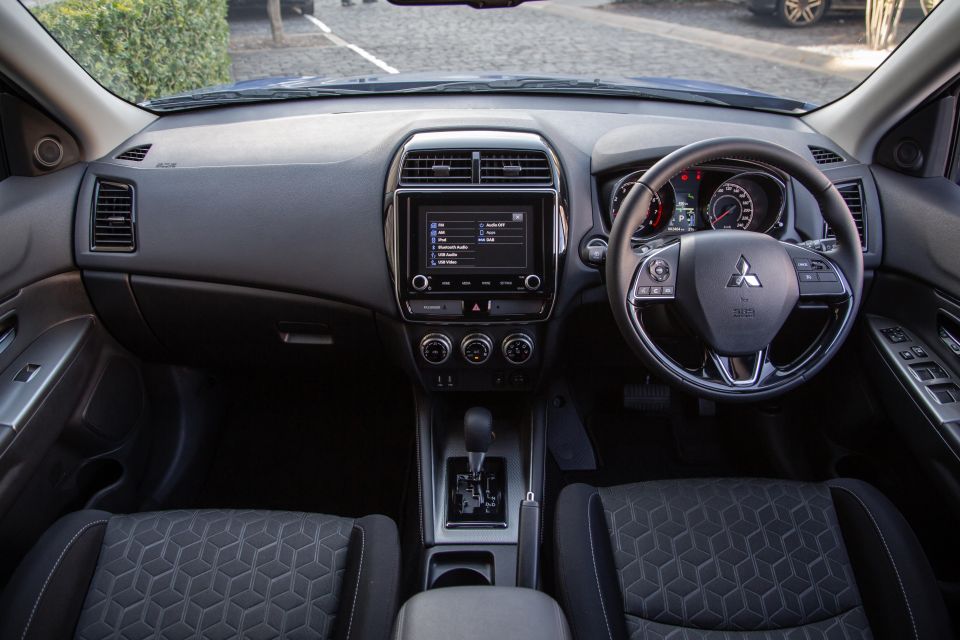
While everything ahead of the windscreen copped a major spruce up for MY20, the ASX’s cabin is ageing reasonably gracefully with a well-worn design that’s pleasing and unpretentious. It might feel a whole generation older than, say, its funkier Eclipse Cross stablemate, but ASX continues to prove that not all buyers have a taste for the slickest modernity.
There’s a nice balance of materials and textures, a dark ambience and not much cheap glossy plastic. The seats are shapely, comfy and the cloth is nice enough you almost want to forego the fake/real leather combinations available further up the tree.
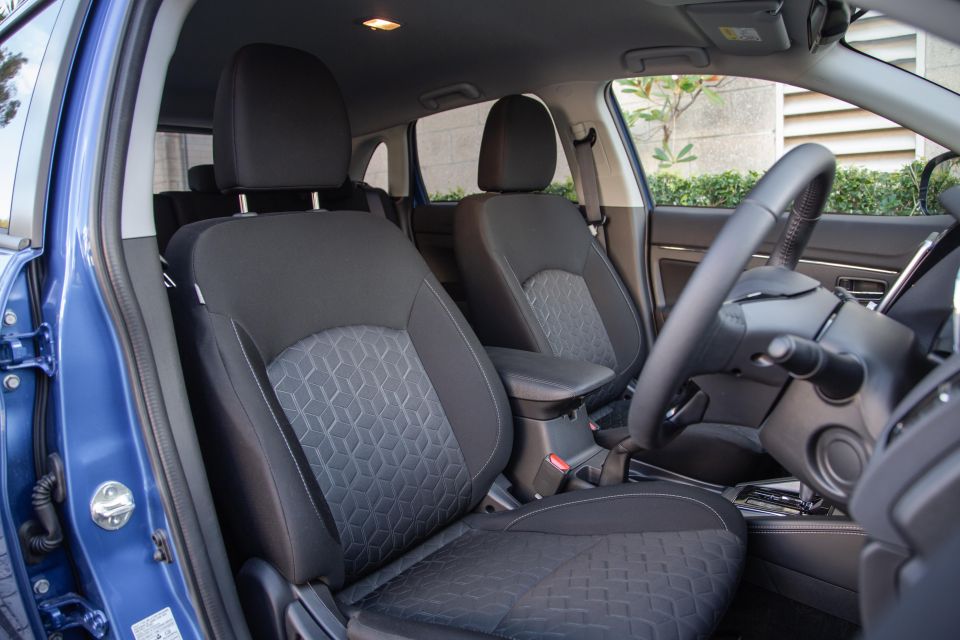
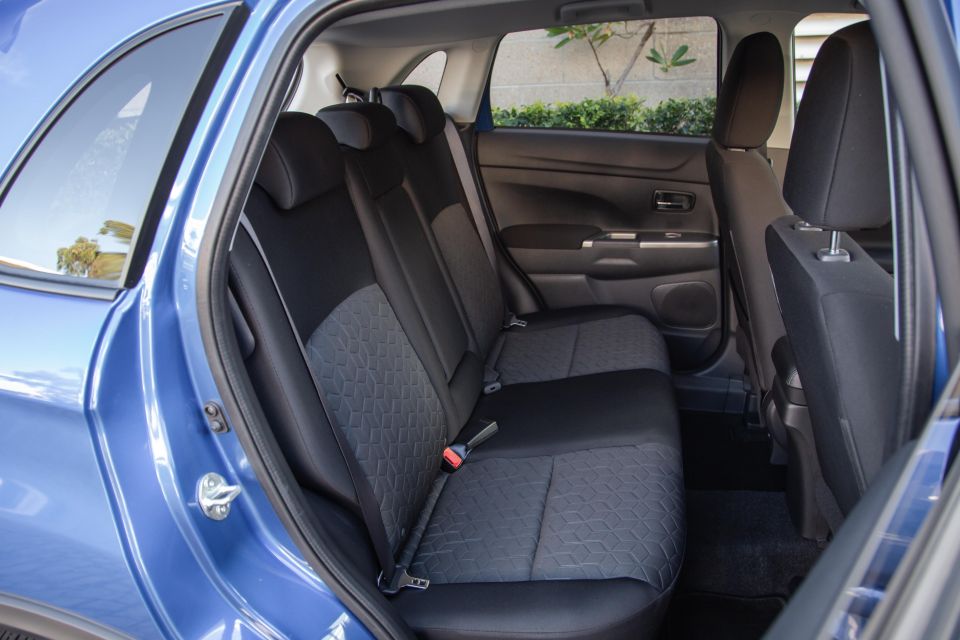
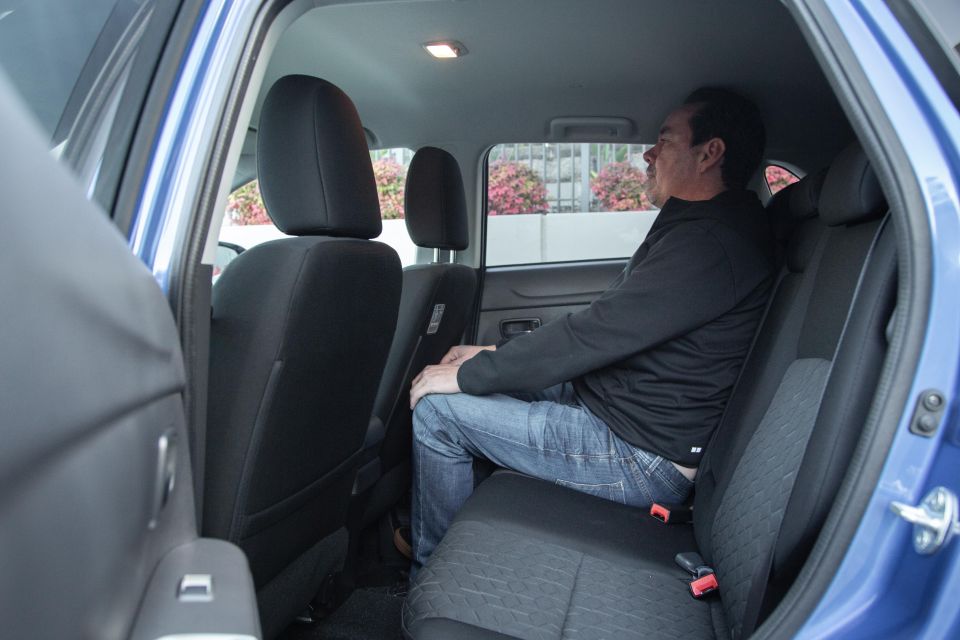
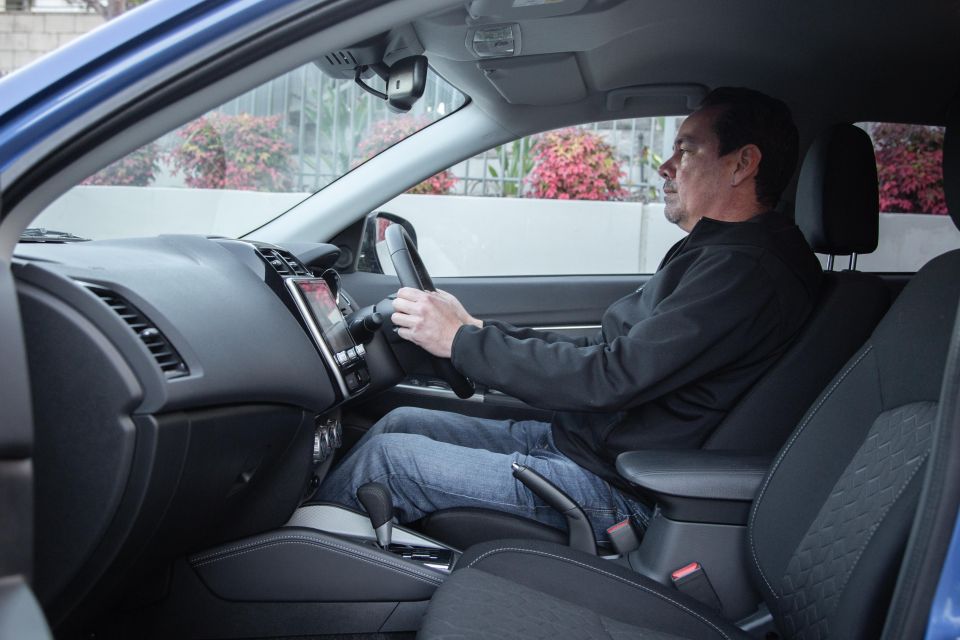
Still, there’s just really nothing in the way of features or finish to separate your near $29,000 LS from the base $24,000 ES. A starter button with smart key, chrome door levers…but otherwise they’re indistinguishable.
The analogue instruments do look a bit old hat and there’s still no digital speedo, but the addition of tuning and volume knobs is a small if key improvement to the 8.0-inch infotainment, which has ordinary proprietary software but benefits from pretty slick gen-two smartphone integration.
Row two is a mixed bag of nice, form-fitting seating and cramped space, especially knee room. There’s no ventilation or device power, though outward visibility is pleasant enough that it avoids feeling overly claustrophobic. For pure family friendliness, the Mitsubishi ASX isn’t exactly the pick of the small SUV litter, regardless of how popular it is.
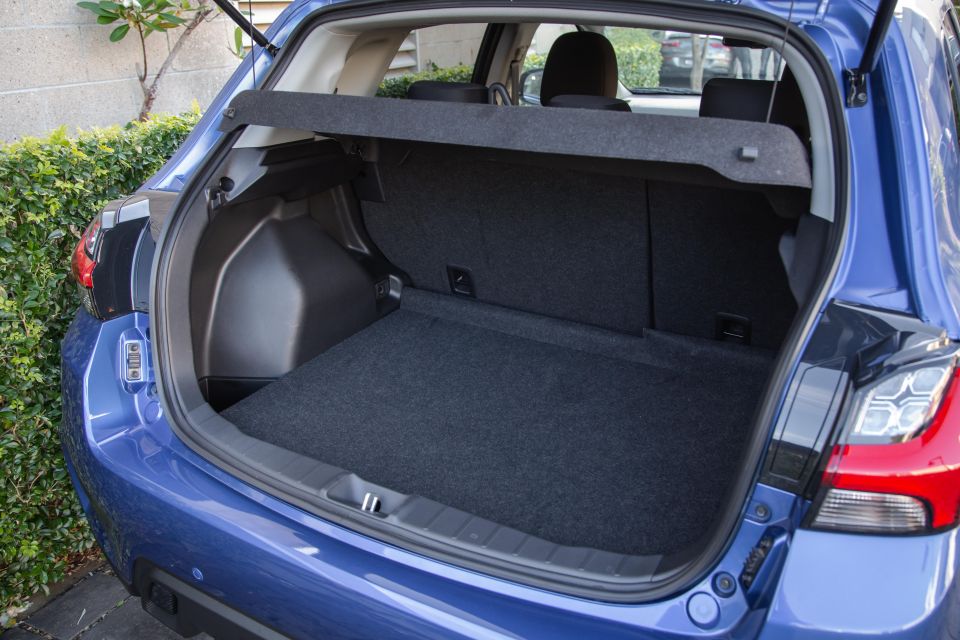
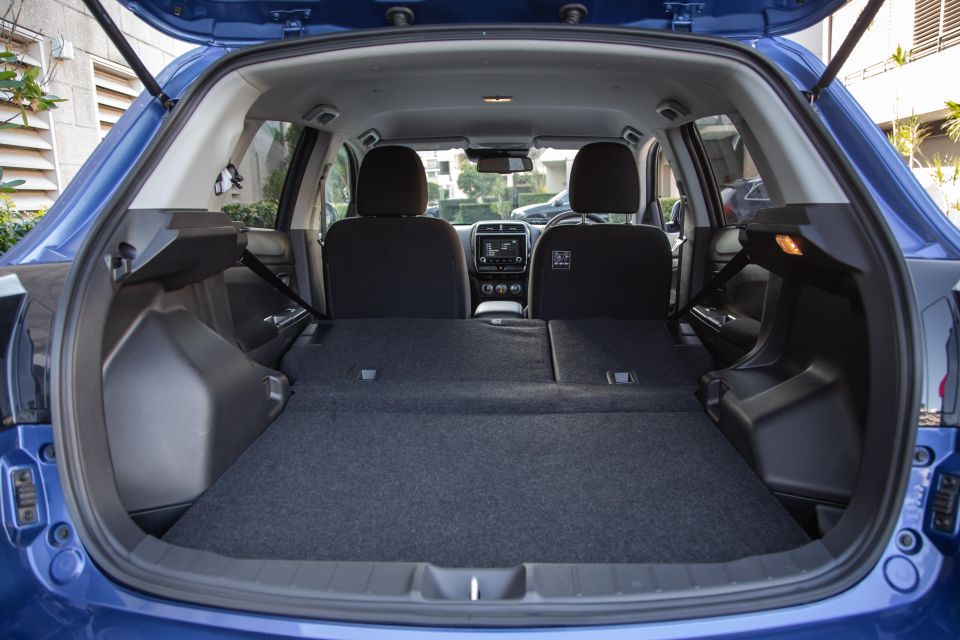
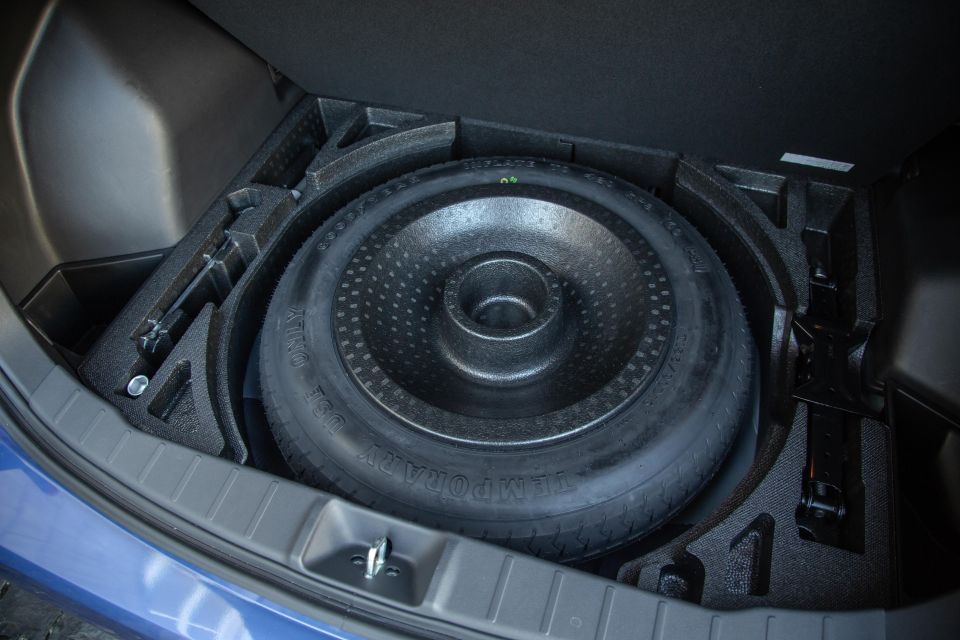
That popularity is in no small part down an aspect tough to rationalise: it’s both substantial and modest in all the right places.
The deep dash top, large bonnet and comfortably lengthy first row gives the impression of size and heft, yet it’s balanced by smart packaging and proportions that maintain a sense of modesty. Clever stuff.
It’s practical enough, of course, for the car rental ranks, where its 393-litre boot habitually loads in a pair of decent-sized suitcases. It fits a space saver spare under the floor and stowing the 60:40 split-fold rear seat backs creates 1193L.
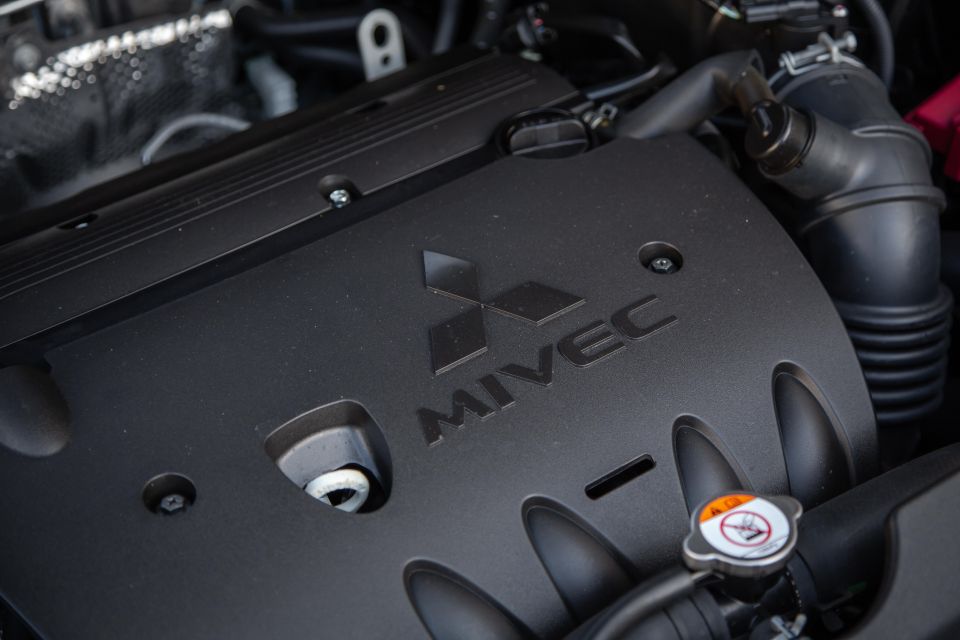
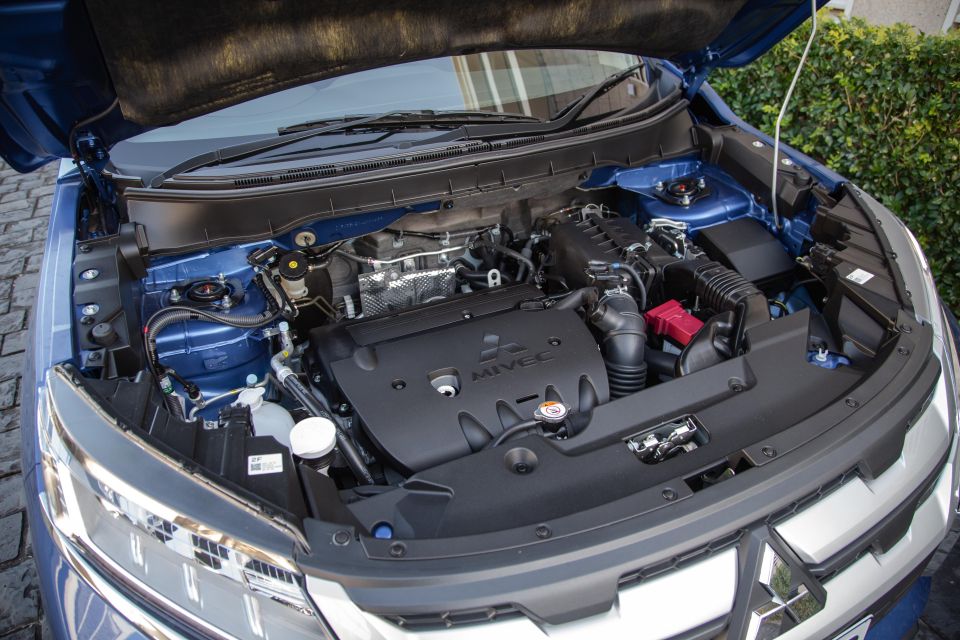
The LS forges on with the stalwart naturally-aspirated 2.0-litre petrol four producing 110kW and 197Nm backed by a CVT automatic and front-wheel drive. Tried and true, it’s worth considering that if it’s dependable and reliable enough for widespread rental car application it should be a bulletproof private ownership prospect, even if it’s not the most charismatic powertrain out there.
Its outputs are down on the newer 2.4-litre four introduced in GSR and Exceed for MY20, though the deficits are only 13kW and 25Nm.
Combined consumption is claimed at 7.6L/100km and it did settled well into the eights during our week-long stint with our test car. At 1380kg kerb it’s a middleweight offering and as you’d expect from a fleet favourite, it’ll happy punt along on a 91RON diet.
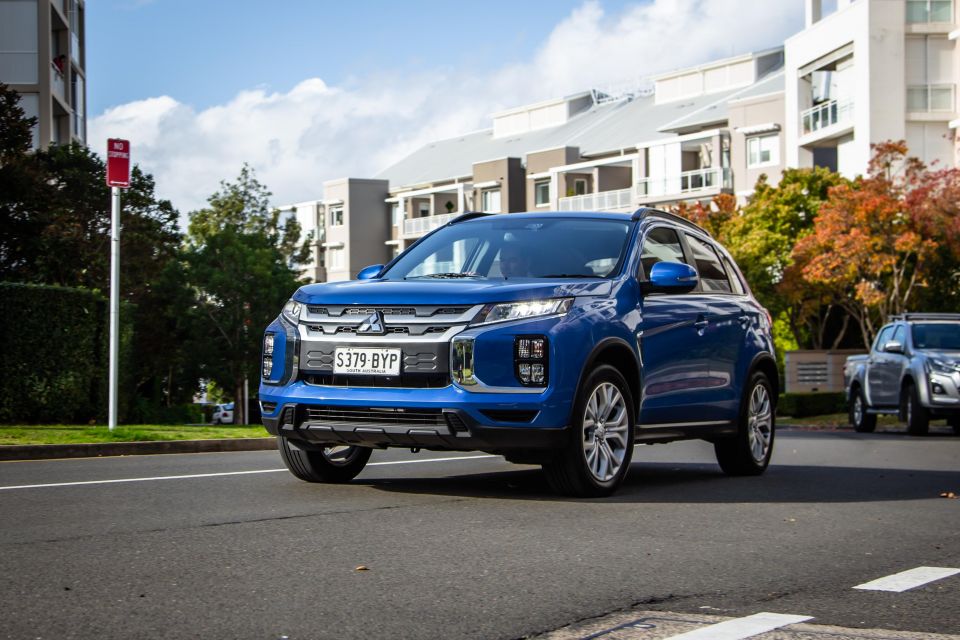
I certainly enjoyed driving this LS test car more than the last ASX that I drove. And given that that was a 2.4-powered Exceed flagship at MY20’s local launch last year, yes, I’m as miffed about that as you possibly are.
Was the ‘launch’ car not properly prepared, not fully run in, or built on Friday afternoon? Who knows? But I remember that its powertrain was gruff, it’s ride was aloof, it didn’t steer particularly well and it wandered about on the motorway at cruising speeds. No such qualms – mostly – with my week with this LS mid-ranger.
For a start, the LS’s 2.0-litre engine feels punchier than I’d initially anticipated, though I soon discover its throttle calibration trickery that presents sudden response, yet its shove doesn’t become much more assertive with more right foot pressure or higher rpm. Instant satisfaction, then, but not much in the way of linearity. It’s not the most rewarding powertrain to drive.
That said, it doesn’t feel short on outright poke, but dig in and the engine becomes noisy as the CVT plucks the engine’s whiniest 3000-4000rpm band and hangs onto it for grim life. Thankfully, it’s brisk enough with a moderate throttle and it’s not unrefined, so urban commuting is, on balance, quite pleasant.
There’s certainly enough compliance in the suspension tune to round out speed bumps and other large and sharp road imperfections, even at low speed which is where a good many small SUVs seem to drop the ride comfort ball.
Around town, it steers nicely enough, is easy to see out of and place on the road. The reversing camera is not the sharpest (resolution) tool in the driver assistance shed, but the ASX is a doddle to park.
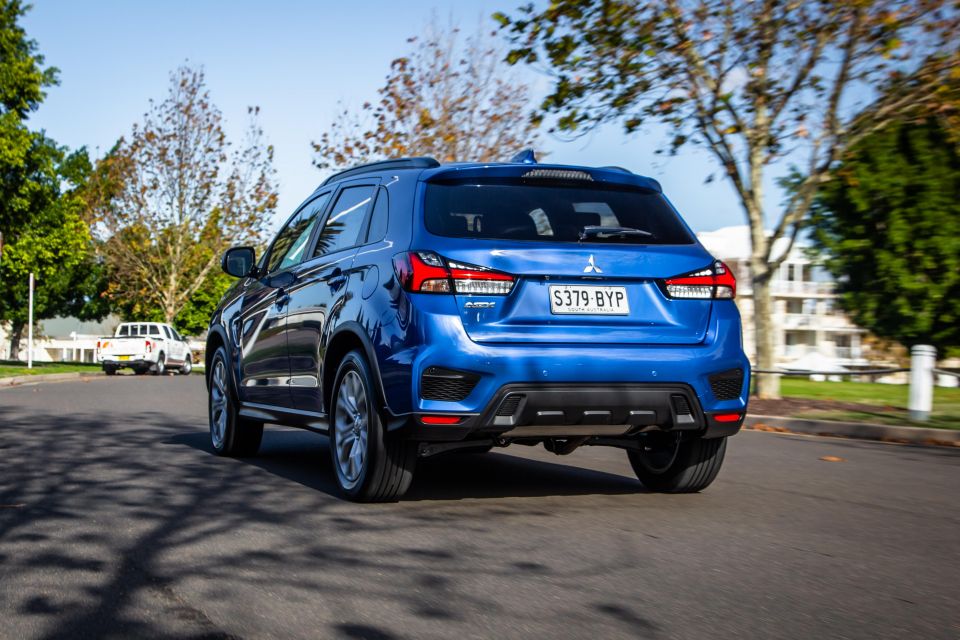
Up to pace, be on the highway or throwing in some open road curves, and this ASX feels a bit more surefooted than the Exceed mentioned above. This one tracks well, doesn’t meander about to and fro across its lane or float excessively, and its reasonably planted nature makes long-haul cruising relaxing enough.
The 225mm-wide tyres with decent 55 aspect ratio sidewalls blend grip and pliancy quite well, binging with them a bit of driver confidence on wet or lumpy road surfaces. Their nice, large 18-inch size suits the ASX’s quasi-sporty crossover leanings.
On balance, there’s not a lot to grumble about. The bonnet does sit quite proud and I do image some shorter drivers might struggle a little judging that large, Triton-esque front end when parking. But that’s about it.
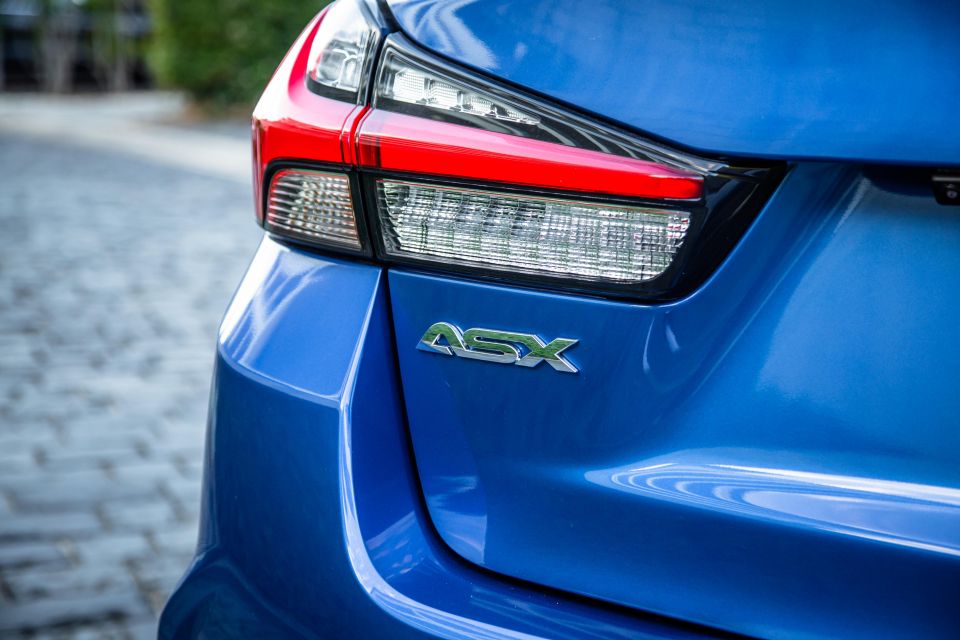
Mitsubishi offers a decent five-year warranty on ASX – extended to seven years as a special offer at the time of writing – though the mileage is capped at 100,000kms rather than unlimited-kilometre surety offered by some rivals.
Servicing is required every 12 months or 15,000kms, whichever comes first, and clocks in at an enticing $199 per service, though Mitsubishi’s capped-priced program only covers the first three services.
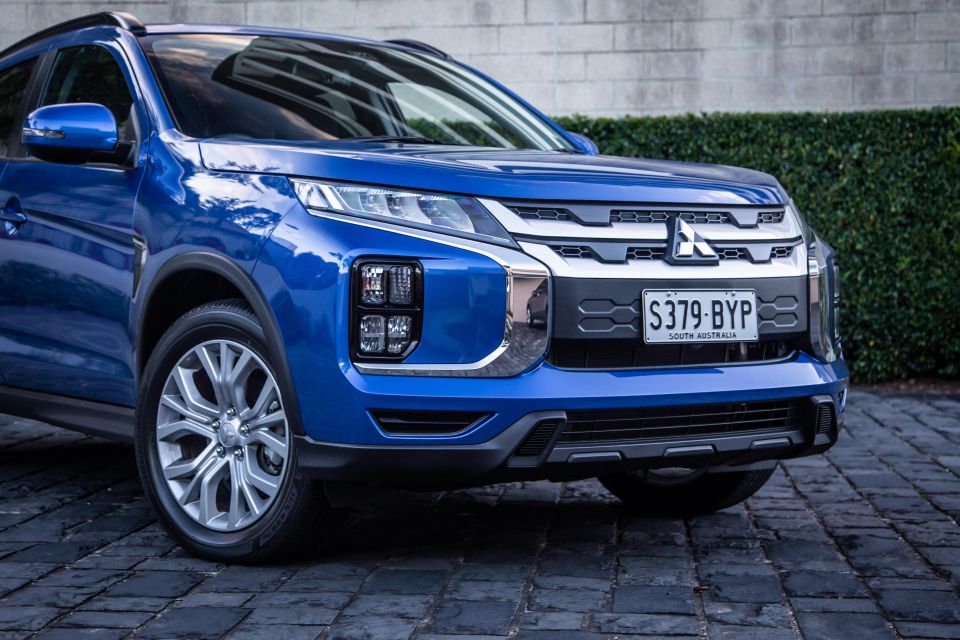
Buy your new car without the stress. It's fast, simple and completely free.

Great service from Travis and team, second time I have used this business would not hesitate to recommend them to anyone
Craig C.
Purchased a Ford Ranger in Sunshine Coast, QLD
CarExpert helped Craig save $7,224 on his Ford Ranger, now let us save you on your next new car.
Get your BEST priceIt’s not often that a more affordable version of a model line raises your esteem of the breed. But I was more impressed with this LS than I had been with the MY20 flagship version.
It’s easy to presume that the ASX experience really begins with 2.4 litres of motivation but, to some surprise, the 2.0L isn’t the downgrade I was expecting in usable, real-world performance.
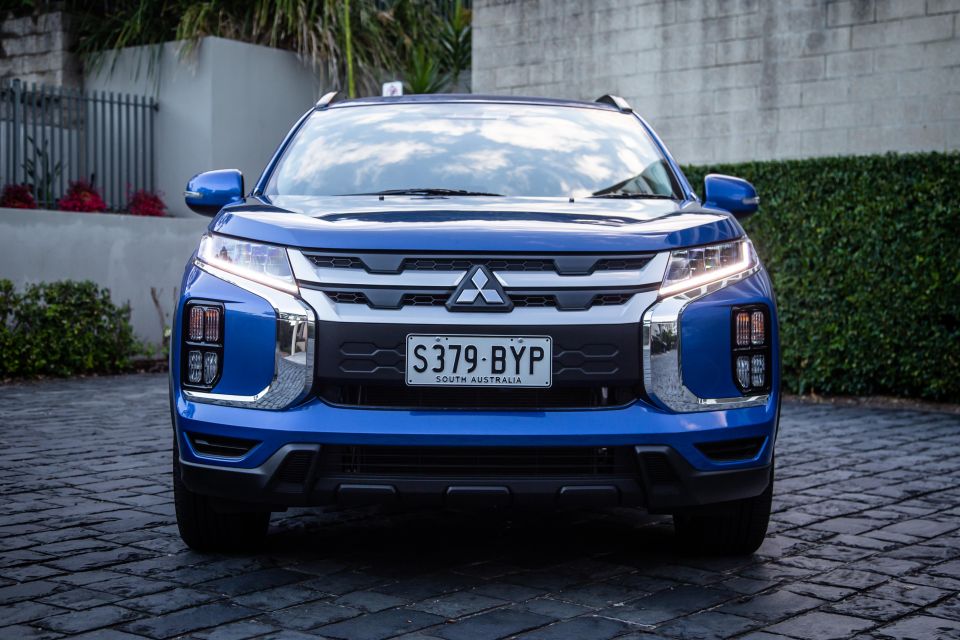
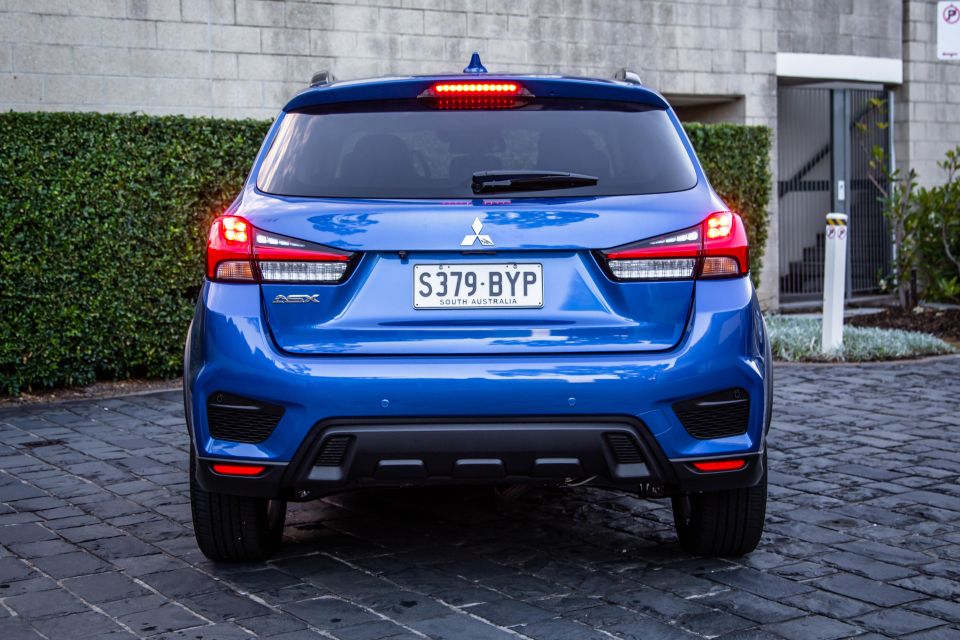
Where expert car reviews meet expert car buying – CarExpert gives you trusted advice, personalised service and real savings on your next new car.
In fact, the middling LS is quite satisfying, be it practically or emotionally. And there’s not much about the overall package that constantly reminds you that you’re in ostensibly driving decade-old machine.
And where before I’d have thought you crazy not to spend the extra $2050 for the 2.4 GSR, now I’m not so sure.
I wouldn’t part cash for the Mitsubishi ASX LS without having a good hard look at the ES ADAS auto, though. I suspect they’re so close to one another on spec that burning the extra $950 on the LS is, more than anything, a bit nonsensical.
Where expert car reviews meet expert car buying – CarExpert gives you trusted advice, personalised service and real savings on your next new car.


Max Davies
6 Days Ago
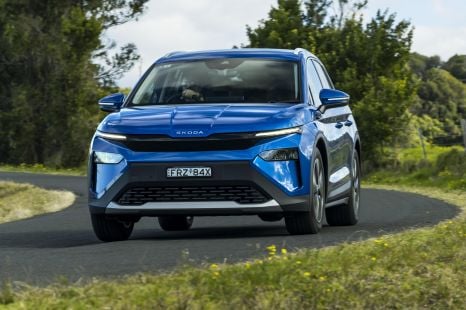

Josh Nevett
4 Days Ago
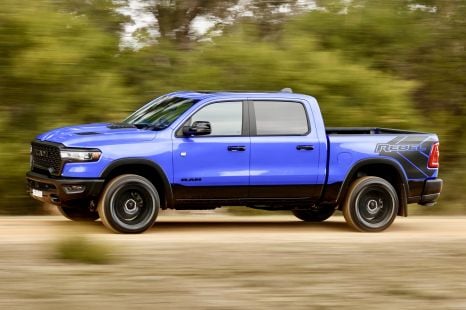

Max Davies
4 Days Ago


Max Davies
3 Days Ago
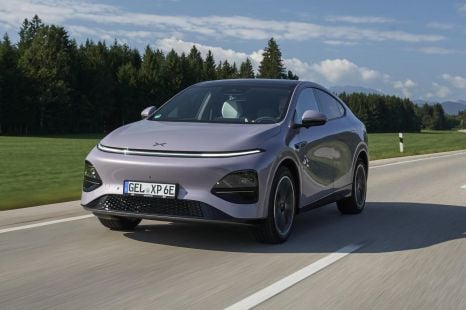

Neil Briscoe
2 Days Ago
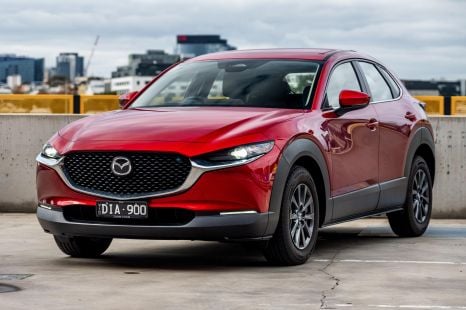

Max Davies
14 Hours Ago